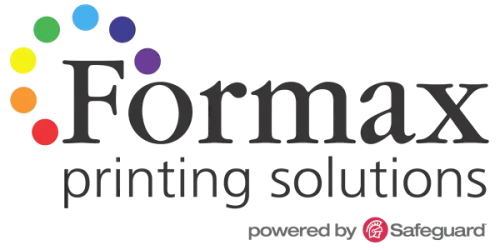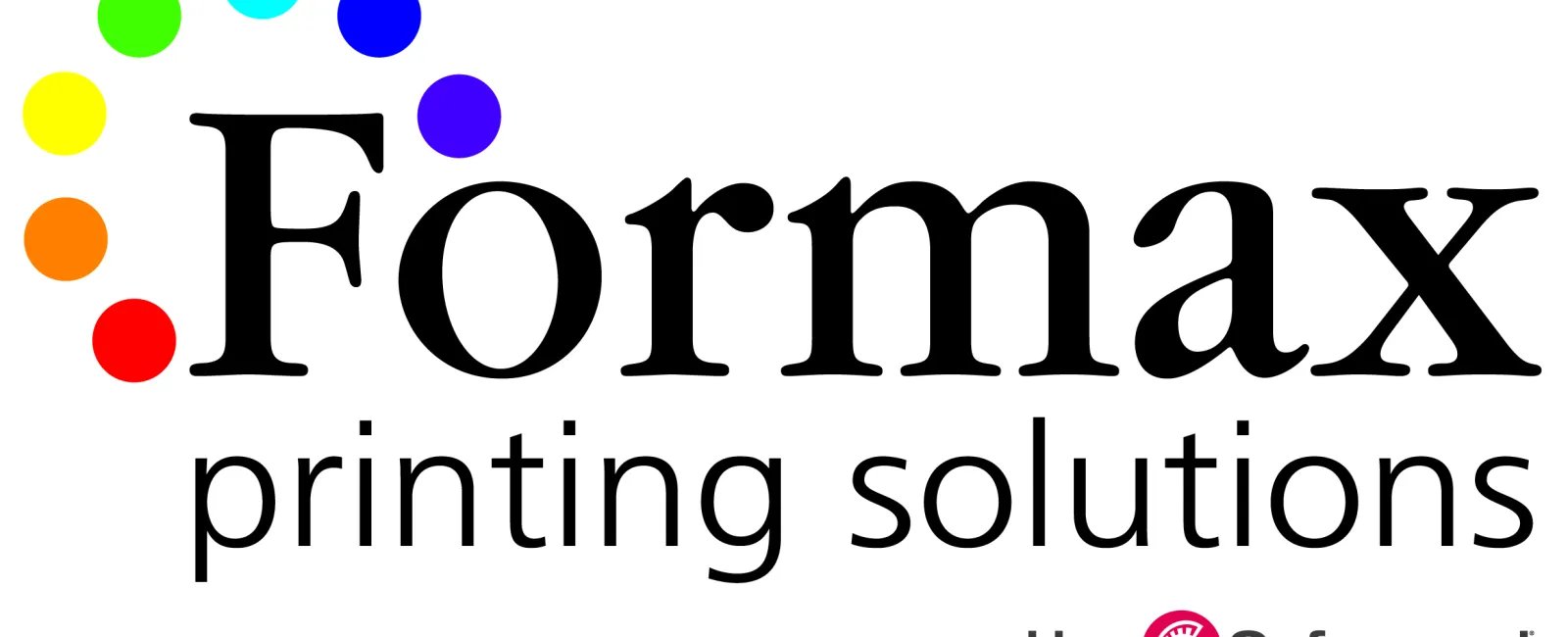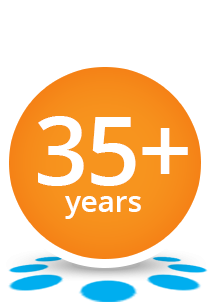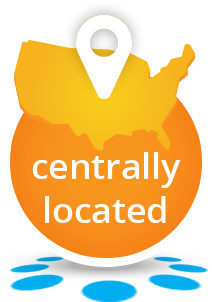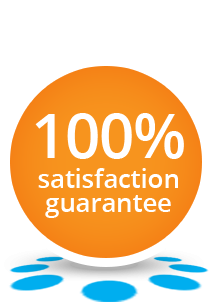Printer Paper Size Matters
In the United States, the world of printing pretty much revolves around the 8.5" x 11" sheet size. So as a rule of thumb, your printing costs will be lower when you design your pieces for printing on 8.5" x 11" paper. Other recommended sizes are 5.5" x 8.5" (8.5" x 11" divided by 2) and 11" x 17" (8.5" x 11" multiplied by 2).
Why it Matters.
Using the 5.5- x 8.5- size as an example, your printer can fit two 5.5" x 8.5" impressions per one 8.5" x 11" sheet resulting in no waste. But if you had designed your piece to be say 7" x 9.25", your printer could only get one impression on an 8.5" x 11" sheet. The rest is waste- waste that adds to the cost of the project. The extra trimming operations required also add to the project's cost.
Large web press runs and designs with ink bleeds can sometimes negate the above rule of thumb but 9 times out of 10 designing for the 8.5" x 11", 5.5" x 8.5" or 11" x 17" sheet sizes works out best from the standpoint of lowering printing costs. This applies to many printed pieces including books, brochures, flyers, NCR forms, pads. Sometimes the 8.5- x 11- sheet size is divided into two 4.25- x 11- impressions, which is a common size for door hangers. Also, if you are mailing your printed pieces, standard envelope sizes have been designed to accommodate standard sheet sizes as well.
For example, the standard 9- x 12- envelope accommodates unfolded 8.5" x 11" sheets like correspondence and flyers, or a booklet, catalog or brochure made from 11" x 17" sheets folded in half. Likewise, a common 6" x 9" envelope accommodates a 5.5" x 8.5" document very well. And everybody knows the common #10 envelope is made for an 8.5" x 11" sheet folded into thirds. That is why tri-fold color brochures made from 8.5" x 11" sheets are very common - because they fit perfectly into a standard #10 envelope for mailing.
Creative Sizes Could Cost More.
The purpose of this article is not to discourage creativity or unique design. You just have to weigh the benefits of a particular design against its costs. Will the design yield excessive paper waste and/or increased mailing costs compared to a more common, but equally effective, design size? If your customer received a 5.5" x 8.5" color brochure in a standard 6" x 9" catalog envelope would it have less impact that a 6" x 9" brochure in a 7.5" x 10.5" catalog envelope? Probably not. Yet the slightly smaller brochure would cost less to print- and the more common 6- x 9- envelope to mail it in could cost as much as 40% less. Same impact for less cost.
Book printing is also more economical when 8.5" x 11" paper is used. For example, a 5.5" x 8.5" saddle stitched book is made from 8.5" x 11" sheets folded in half and stapled along the fold. This size of book is created all day long. On the other hand, a custom 6.5" x 8.5- saddle stitched book would need to be made from 8.5" x 13" pages folded in half. This is not a common size and would therefore need to be printed on a bigger sheet size and then trimmed down. Again, the paper waste and extra trimming operations would add to the project's cost.
The Bottom Line.
The bottom line is that printing on common paper sizes is generally more economical than printing on less common paper sizes. So if cost is a factor in your printing project, speak with your printer before designing your printed pieces. He'll be able to recommend sizes that will keep your printing and mailing costs down.
Have questions about the most economical paper sizes to use for general printing or book printing? Just give us a call at 866-367-6221 or submit our quote request form.
Take care! Rick
